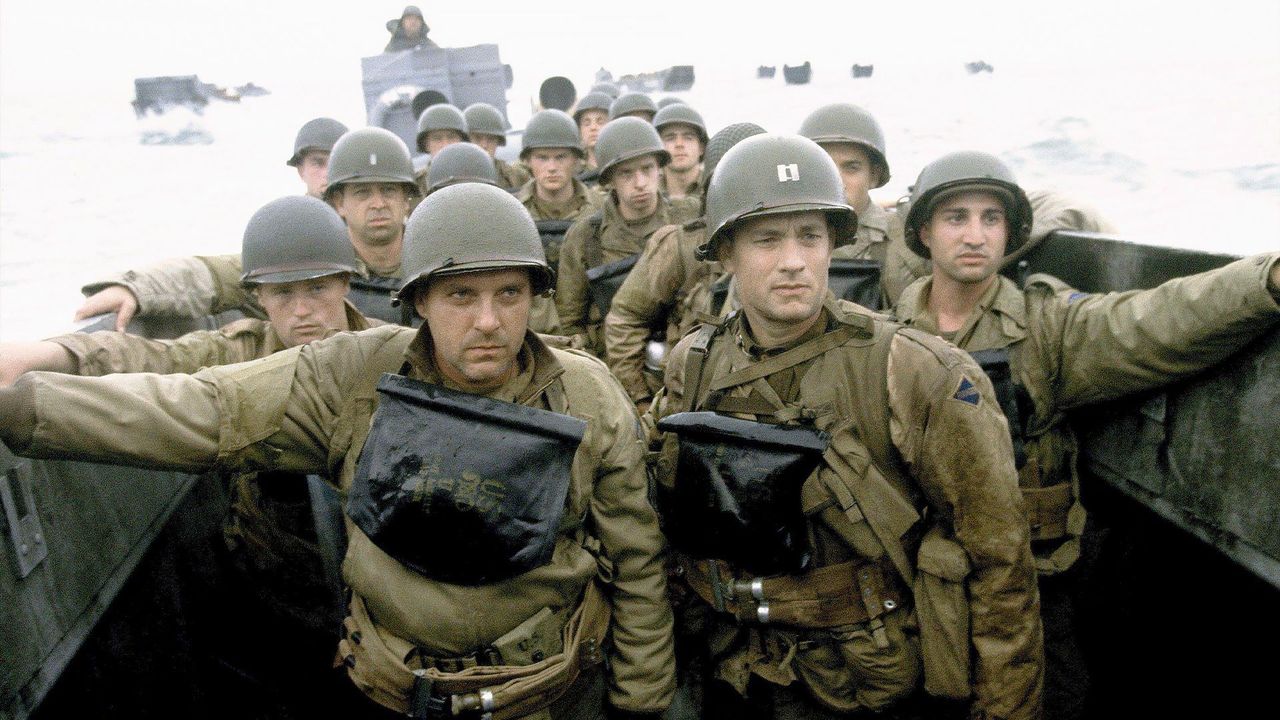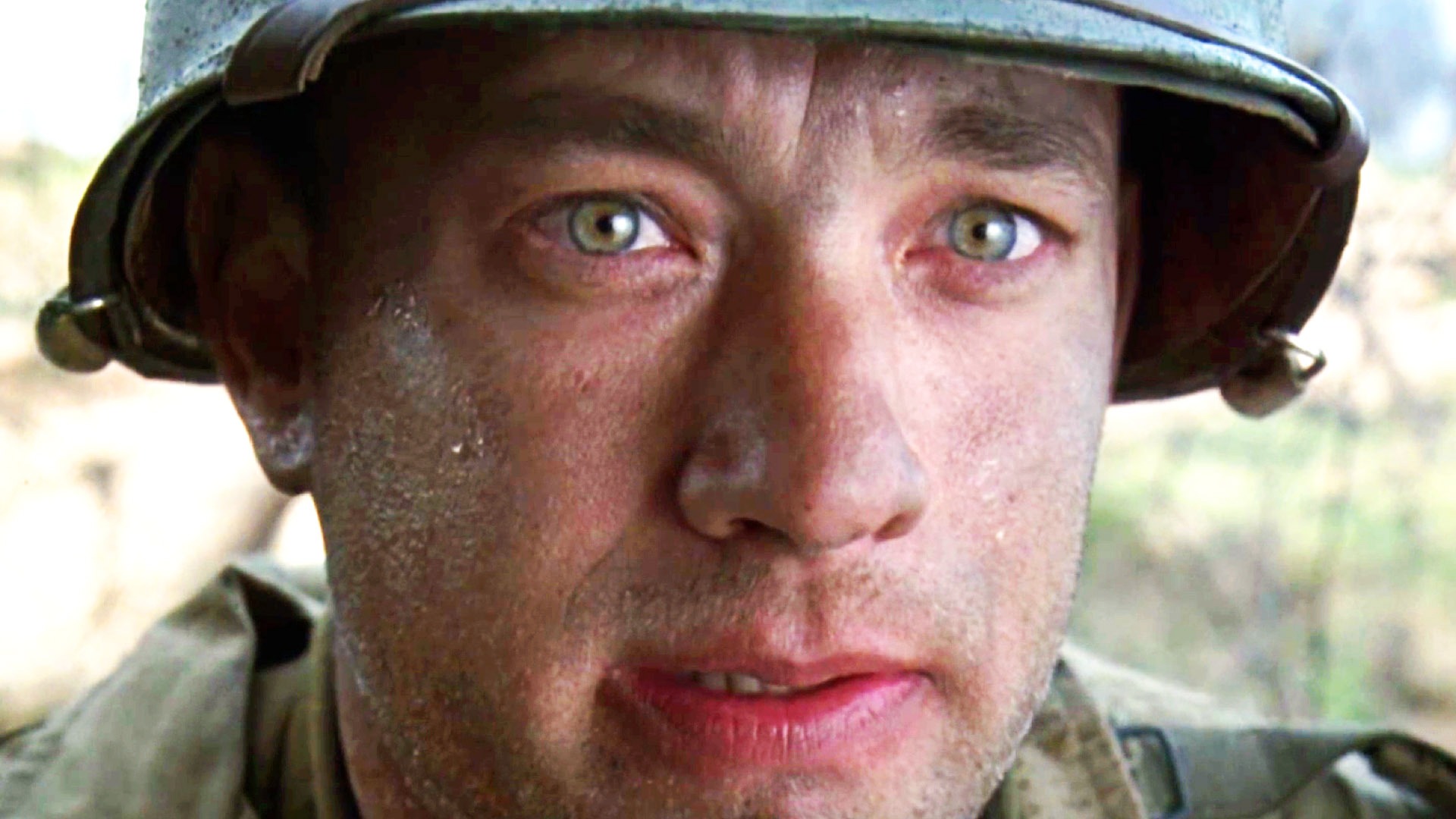Saving Private Ryan
Saving Private Ryan (1998), directed by Steven Spielberg, stands as one of the most powerful and unflinching portrayals of war in cinema history. Set during World War II, the film is widely recognized for its realistic and harrowing depiction of the D-Day landing at Omaha Beach, as well as for its deep exploration of duty, sacrifice, and the moral complexities of combat. Through its emotionally resonant characters and visceral battle sequences, the film captures the chaos, courage, and tragedy of war with stunning authenticity.
The story begins on June 6, 1944, as American troops storm the beaches of Normandy. Spielberg opens the film with a 25-minute sequence that is now considered one of the most intense and realistic battle scenes ever filmed. Through handheld cameras, rapid editing, and sound design that mimics the disorientation of battle, viewers are thrust into the brutal front lines alongside the soldiers. Blood, sand, water, and shrapnel dominate the screen in a sequence that is both horrifying and awe-inspiring in its intensity.

Amid this carnage, the narrative shifts to a mission that highlights the human element of the war. Captain John Miller (Tom Hanks), a former English teacher turned infantry officer, is assigned to lead a small squad behind enemy lines to find and bring back Private James Francis Ryan (Matt Damon), whose three brothers have already been killed in action. The mission is based on the real-life Niland brothers and reflects the U.S. Army's "sole survivor" policy, implemented to spare families from the complete loss of all sons.
As Miller and his men travel through war-torn France, they face deadly ambushes, internal conflict, and profound ethical questions. Each character, from the cynical Sergeant Horvath (Tom Sizemore) to the idealistic translator Upham (Jeremy Davies), brings a unique perspective to the mission. The question of whether one man's life is worth risking several others becomes the central moral dilemma. These layered interactions provide emotional depth, raising questions about the value of sacrifice and the burden of leadership.

Spielberg’s direction is both grand and intimate. While the combat scenes are ferocious and chaotic, the quieter moments are equally impactful—soldiers sharing personal stories, debating orders, or simply sitting in reflective silence. These scenes emphasize the fragility of life and the psychological toll of war. The cinematography by Janusz Kamiński enhances the realism through desaturated colors and a gritty, handheld style that mimics wartime footage, giving the film a documentary-like authenticity.
John Williams’ haunting score, understated and poignant, supports the film's emotional weight without overwhelming it. The performances are uniformly strong, with Tom Hanks delivering a restrained, empathetic portrayal of a man who must remain composed despite unimaginable stress. Matt Damon’s appearance later in the film adds another layer of tension and humanity to the mission’s outcome.
Ultimately, Saving Private Ryan is more than a war film—it’s a tribute to the countless sacrifices made by soldiers in service of a greater cause. By capturing both the horror and the heroism of World War II, Spielberg crafts a deeply moving cinematic experience that continues to resonate with audiences decades after its release.



